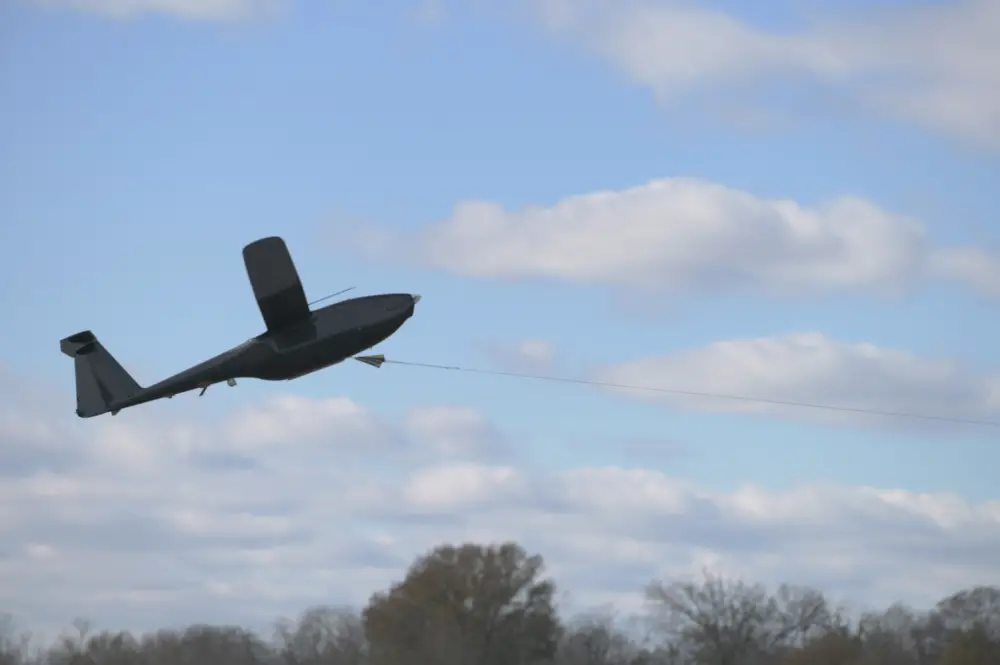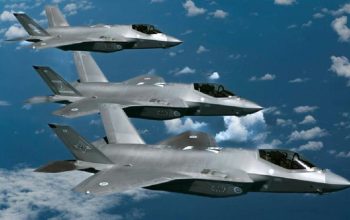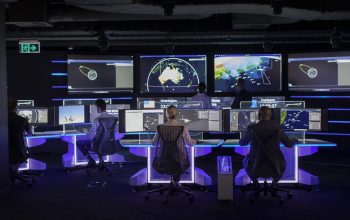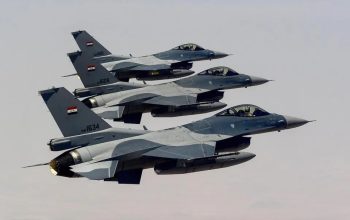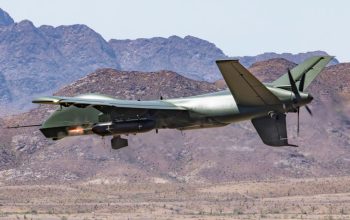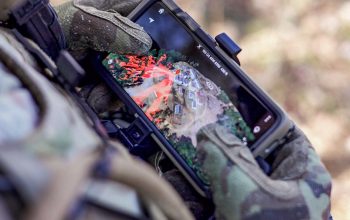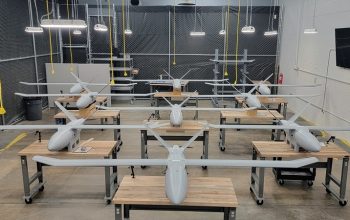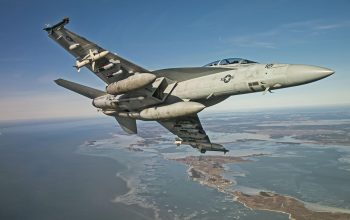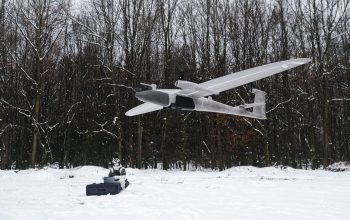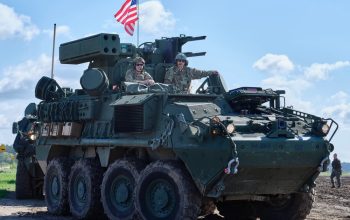U.S. Naval Research Laboratory engineers recently demonstrated Hybrid Tiger, an electric unmanned aerial vehicle (UAV) with multi-day endurance flight capability, at Aberdeen Proving Grounds, Maryland. This was the first time Hybrid Tiger flew through a complete 24-hour period, its longest flight to date. The team integrated technologies developed in prior NRL power and energy programs into a single UAV to achieve multi-day endurance with a Group 2 UAV. Group 2 UAVs are typically in the 21-55 pound weight class and normally operate below 3,500 feet above ground level at speeds less than 250 knots.
Flight simulations suggested flight endurances predicted for summer conditions are realistic at lower latitudes and with greater solar energy. New solar-integrated wings provided daytime power and supplement a redesigned power management system. The program’s researchers are also developing energy-aware power management algorithms, which vary operational modes and generate a vehicle navigation strategy based on weather forecasts and locally observed opportunities for energy harvesting.
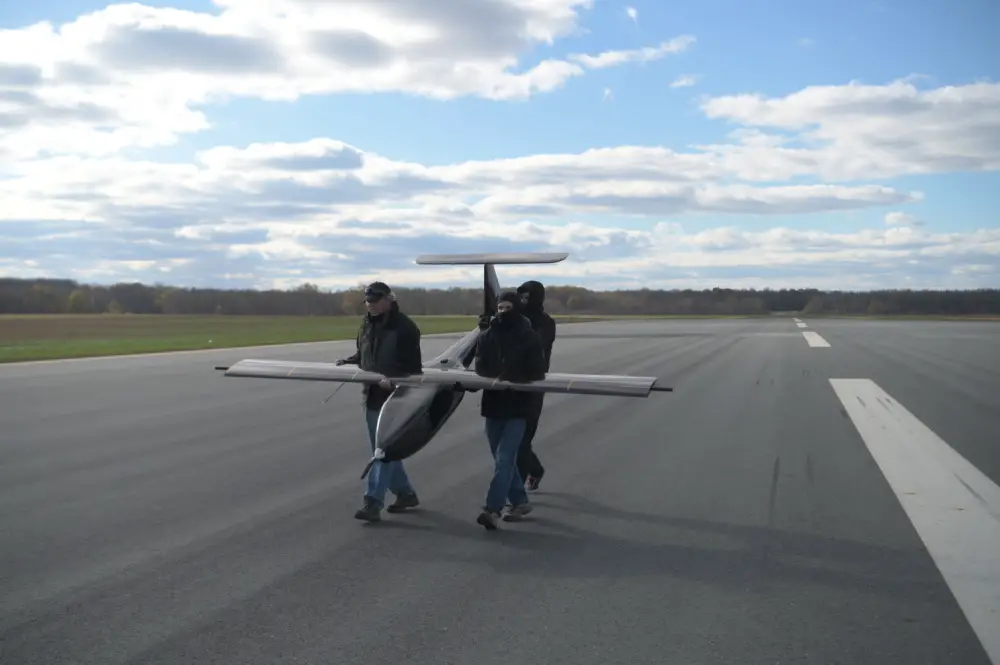
“Extrapolating the flight endurance of Hybrid Tiger from the recent flight data suggests it can reach the program goal flight endurance. The results validated our extensive simulation efforts, because the flight endurance is almost exactly what was predicted by our simulation.The flight was effectively a performance test in worst-case conditions: temperatures falling below zero degrees Celsius, winds gusting to 20 knots, and relatively little solar energy as we approached the solar solstice Dec. 21. Despite all of that, Hybrid Tiger performed well,” said Richard Stroman, Ph.D., a mechanical engineer from the NRL Chemistry Division.
Autonomous soaring, for example, is used to gain altitude from thermal updrafts when they are available. Hybrid Tiger combines multiple power sources with different advantages to achieve extreme endurance. A high-pressure hydrogen fuel tank and fuel cell system provides nighttime power. High-efficiency photovoltaics provide power during daylight hours. Hybrid Tiger was developed and demonstrated with Department of Defense needs in mind, yet its technologies are also valuable for non-defense scientific applications such as atmospheric research and commercial applications.
The NRL Alternative Energy Section and Vehicle Research Section researchers plan to demonstrate the maximum endurance of Hybrid Tiger later this spring, demonstrating a two plus day flight endurance with a payload while consuming no logistics fuel. Hybrid Tiger was developed as a complete system that can be transitioned directly to industry; however, its technologies can also be used individually to improve the performance of other unmanned systems.The Hybrid Tiger program is a 6.3 Advanced Technology Development project sponsored by the Under Secretary of Defense for Research and Engineering Operational Energy Capability Improvement Fund and the Marine Corps Expeditionary Energy Office (E2O).
